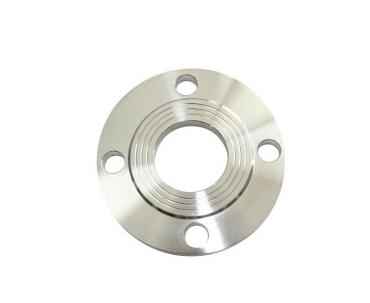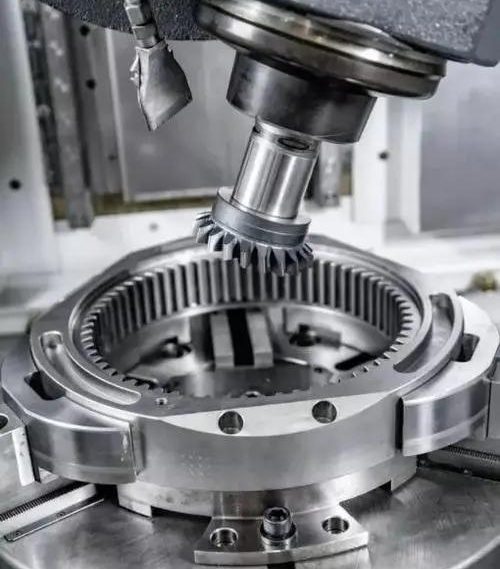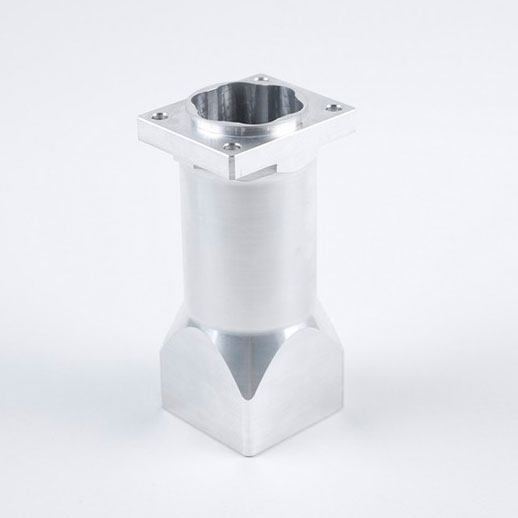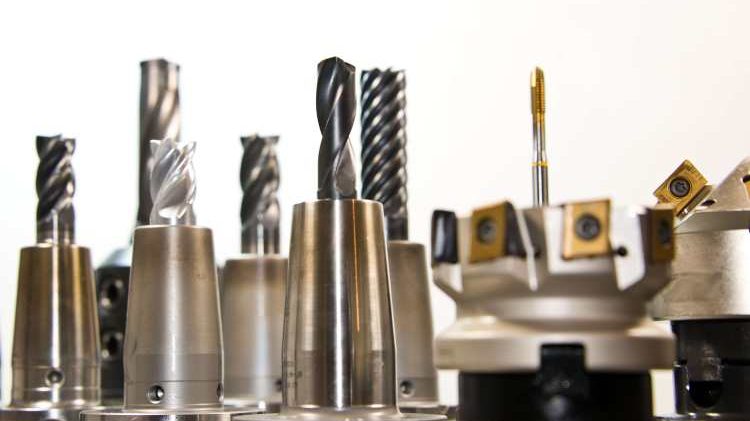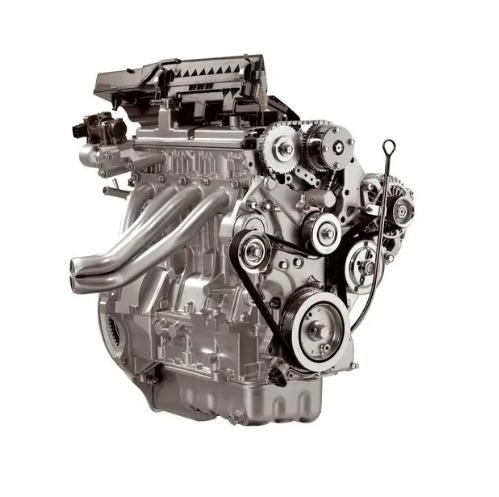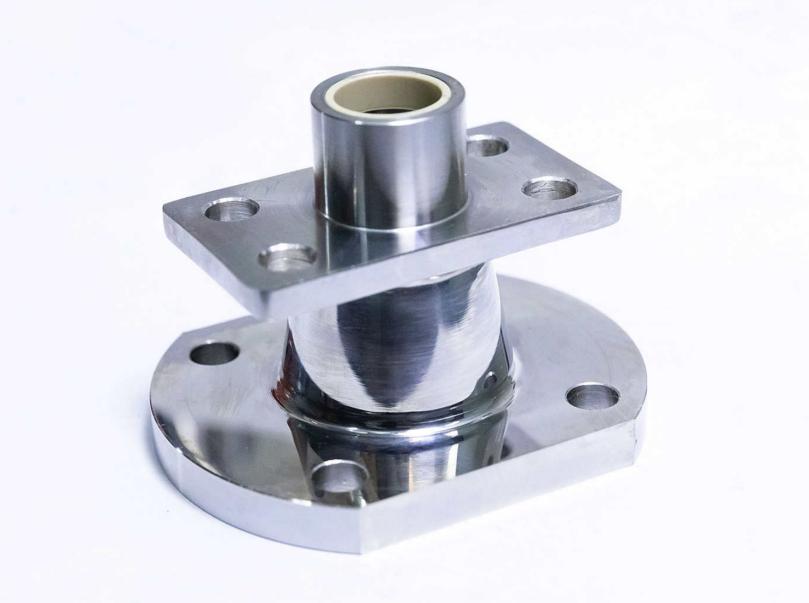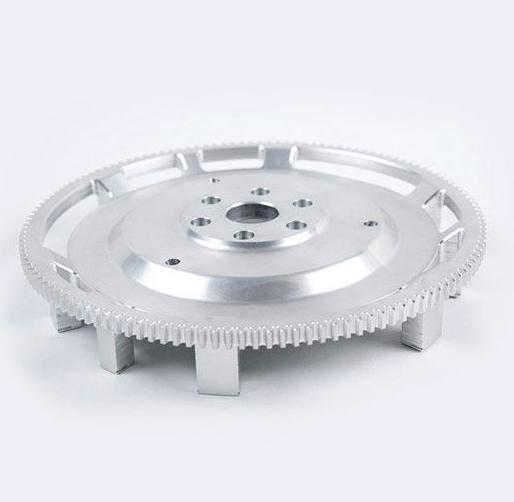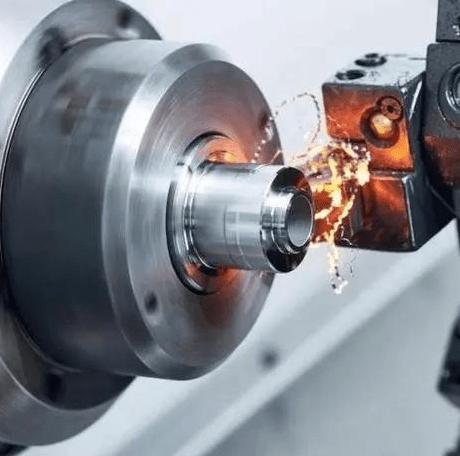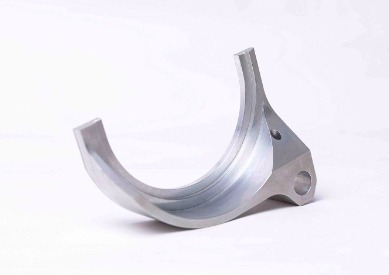Die casting and CNC machining are both manufacturing processes for producing parts, but they take very different approaches. Die casting is the process of melting metal (usually aluminum, zinc, or magnesium alloys) and injecting it under high pressure into a reusable steel mold (die). The metal cools and solidifies inside the mold, forming its shape. After cooling, the die opens and the finished part is ejected. CNC machining employs computer-controlled machines equipped with a variety of cutting tools to remove material from a solid block of metal (or plastic, wood, etc.) to achieve the desired final shape. A digital 3D model serves as the guide throughout the process.

Die Casting Advantages and Disadvantages
| Advantages | Disadvantages |
| High production rates: Die casting is a fast process that allows for the production of large quantities of parts. This makes it ideal for large-scale production. | High initial tooling costs: The initial tooling costs for die casting are high. This can make it prohibitively expensive for small businesses or manufacturers that are just getting started. |
| Low cost per part for high volumes: The initial tooling costs for die casting are high, but the cost per part is low for large volumes. This makes die casting an economical option for mass production. | Limited to certain metals: Die casting is commonly used for nonferrous metals like aluminum, zinc, and magnesium. It is unsuitable for ferrous metals such as steel. |
| Can produce complex shapes: Die casting can create complex shapes with thin walls. This makes it ideal for parts requiring a high degree of precision and accuracy. | May require secondary machining: Die cast parts may require additional machining, such as trimming, drilling, or tapping. This can increase the cost of the parts. |
| Less material waste: Die casting is a relatively efficient process, with little material waste. This makes it an excellent choice for manufacturers who are concerned about environmental impact. | Prone to defects: Die cast parts are susceptible to flaws such as porosity, cold shuts, and misruns. These flaws can be caused by a number of factors, including poor die design, incorrect process parameters, or insufficient quality control. |
| Dimensional accuracy: Die casting can produce parts with high levels of dimensional accuracy. This is important for parts that must fit together precisely. | Die life is limited: The lifespan of a die casting die is limited. This means that the die will eventually need to be replaced, which may raise the cost of production. |
| Versatile process: Die casting can be used to make a wide range of parts, including small components and large automotive parts. | Not suitable for small production runs: Die casting is unsuitable for small production runs. Because of the high initial tooling costs, low-volume production is not economically viable. |
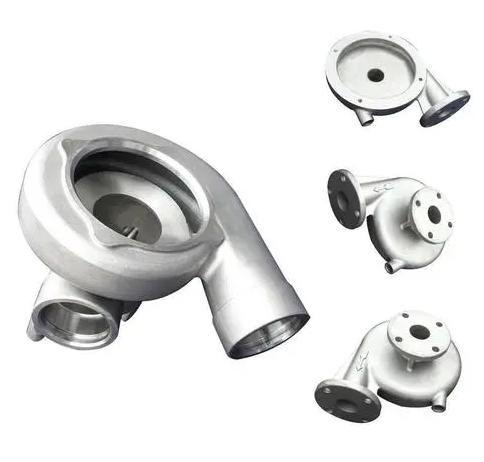
CNC Machining Advantages and Disadvantages
| Advantages | Disadvantages |
| Low initial tooling costs: The initial tooling costs for CNC machining are minimal. As a result, it is an excellent choice for small businesses and new manufacturers. | Slower production rates than die casting: CNC machining is slower than die casting. This makes it less suitable for large-scale production. |
| Suitable for low to medium-volume production: CNC machining is ideal for low- to medium-volume production. It takes longer than die casting, but it is less expensive for small production runs. | Higher cost per part than die casting for high volumes: CNC machining has a higher cost per part than die casting for large volumes. This is because the initial tooling costs for die casting are spread across a larger number of parts. |
| More flexibility for design changes: CNC machining is a versatile process that can be used to manufacture a wide range of components. It is also relatively easy to make design changes, making it an excellent choice for prototypes and one-off parts. | Generates more scrap material: CNC machining produces more scrap materials than die casting. This is because the cutting tool removes material from the workpiece to form the desired shape. |
| Can handle a wider variety of materials: CNC machining can be applied to a wide range of materials, including metals, plastics, and wood. This makes it a versatile process suitable for a wide range of applications. | Less precise than die casting: CNC machining requires less precision than die casting. This is because the cutting tool is not always able to follow the precise path programmed into the machine. |
| Good for prototypes and one-off parts: CNC machining is an excellent choice for prototypes and one-off parts. It is simple to set up and operate, and it produces high-quality parts. | More complex to set up and operate: CNC machining is more difficult to set up and maintain than die casting. This is because the machine operator must have a thorough understanding of both the CNC programming language and the machine itself. |
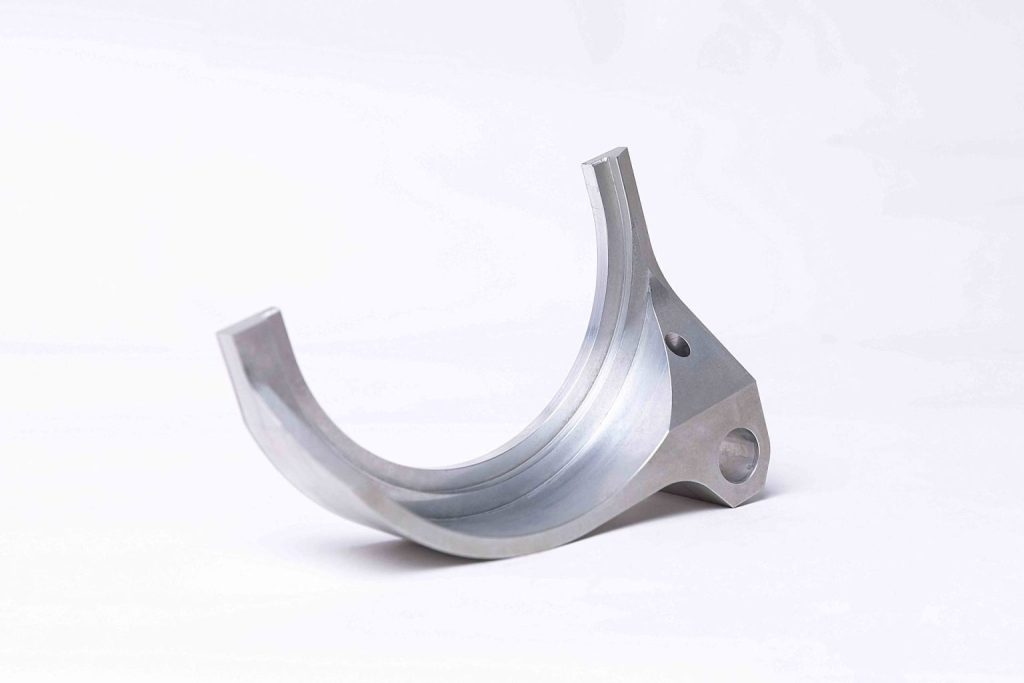
Additional Points to Consider: Choose Die Casting Or CNC Machining
Point 1: Part Complexity
Part complexity is an important consideration when deciding between die casting and CNC machining because each process has strengths and weaknesses in dealing with complex geometries. Die casting is particularly effective at producing parts with relatively simple shapes. Intricate features such as thin walls, undercuts, and tight tolerances can be difficult, if not impossible, to create with die casting. Mold design for complex parts becomes extremely complicated, increasing costs and making it difficult to remove the solidified metal from the mold. CNC machining is far more adaptable when it comes to handling complex geometries. It is capable of precisely machining parts with intricate features and tight tolerances. However, this results in increased machining time and material waste. CNC machining for simple parts can be time-consuming and costly because a large amount of material must be removed from a solid block to achieve the desired shape.
Point 2: Material
Die casting works best with metals that have good fluidity, allowing them to fill the mold cavity precisely. CNC machining, on the other hand, can work with a wider range of materials, including those that are brittle or difficult to melt. Certain metals are better suited for die casting due to their rapid solidification process, which can result in a fine-grained structure with a high strength-to-weight ratio. CNC machining allows for greater control over the material’s microstructure, potentially resulting in stronger components.
Point 3: Production Volume
Die casting excels at high-volume production. While there is a significant initial cost for creating the die (mold), each subsequent cast part is relatively inexpensive and quick to produce. It’s ideal for situations requiring a large number of identical parts on a consistent basis. CNC machining excels at low-volume production. The machining program can be adjusted for different designs, so no expensive tooling is required. This reduces the cost of producing small batches or prototypes. However, machining each part takes time, and the cost per unit does not decrease significantly as quantities increase.

Conclusion
Die casting and CNC machining have both advantages and disadvantages. It is critical to learn about each of them before deciding on one. Choosing the right method can have a significant impact on your project budget. Die casting excels at high-volume production, whereas CNC machining is better at low volumes due to tooling costs. Each process possesses advantages in terms of design complexity and precision. Die casting can produce intricate shapes, but CNC machining provides tighter tolerances and smoother surface finishes. Die casting allows for faster production in large quantities, whereas CNC machining allows for quicker turnaround times for prototypes or low-volume runs. Die casting reduces material waste, whereas CNC machining produces a lot of scrap. This can be a deciding factor for eco-friendly manufacturing or projects involving expensive materials. If you’re still unsure, consulting a manufacturing professional can help you determine the best method for your specific needs.


